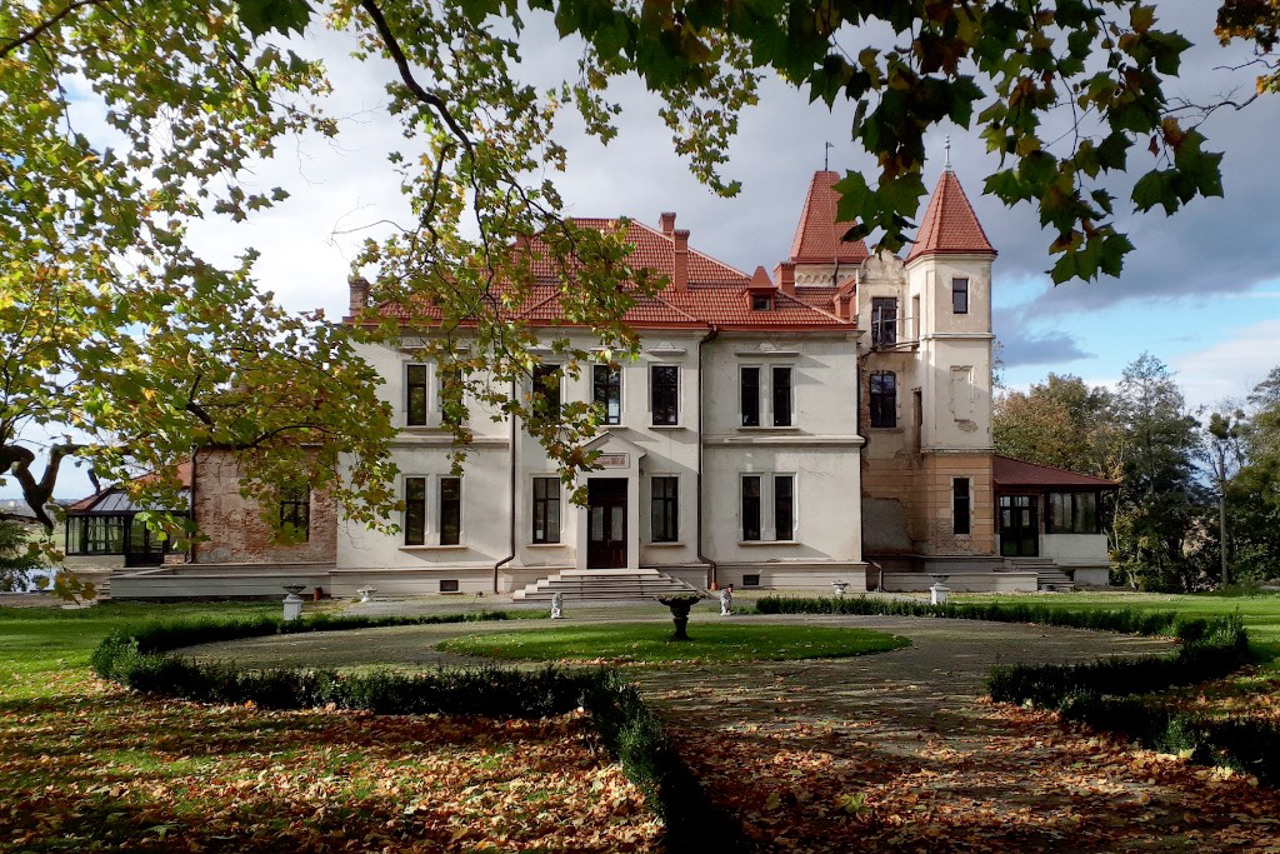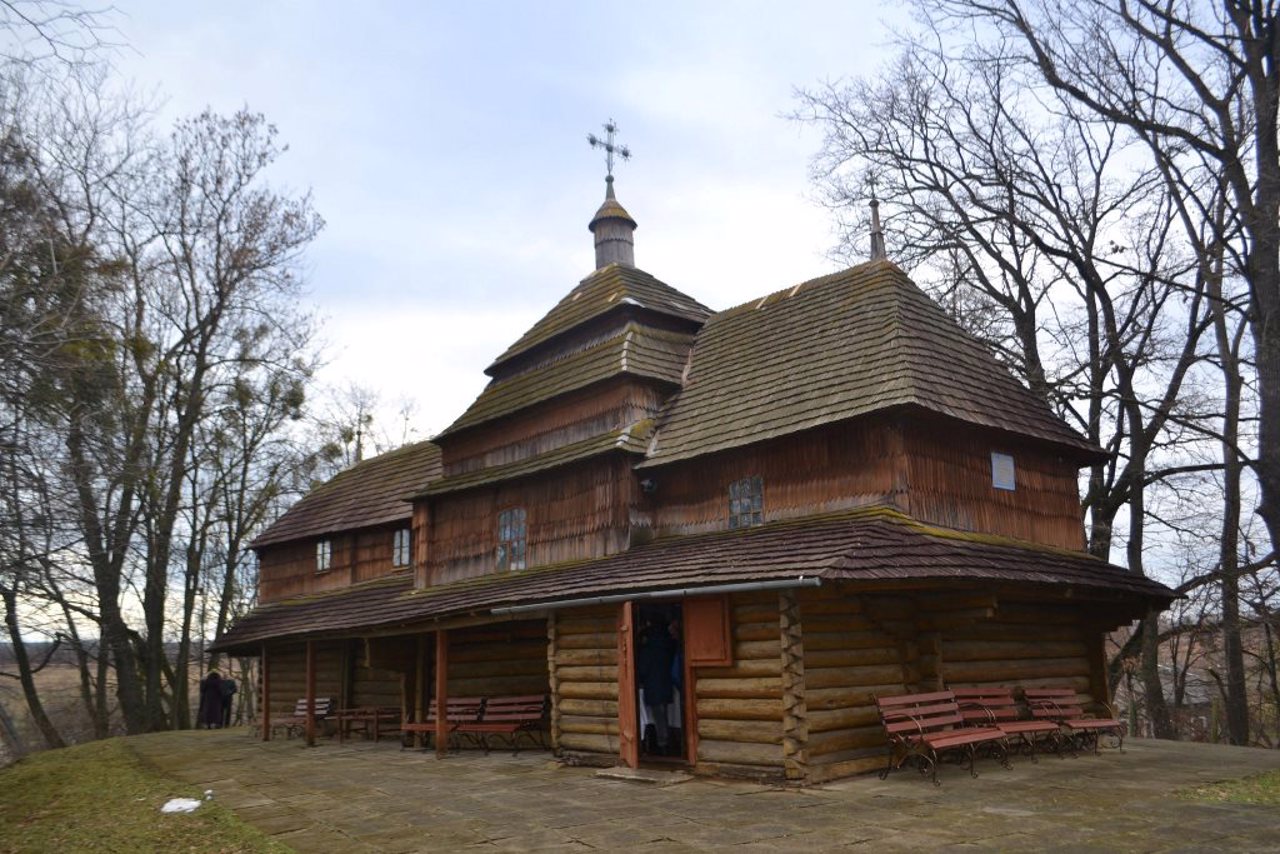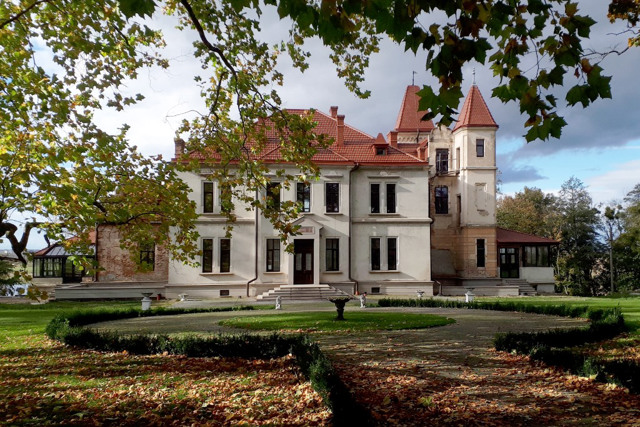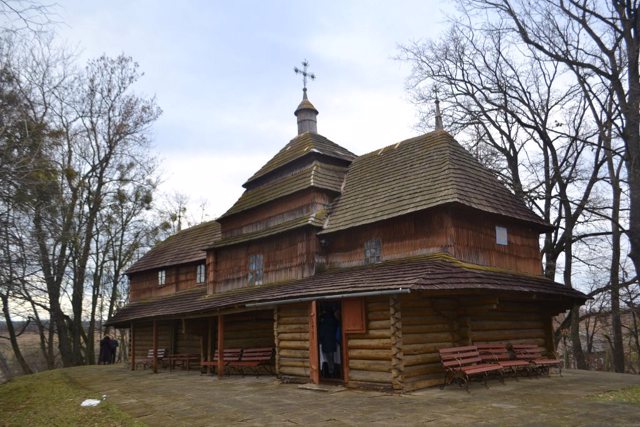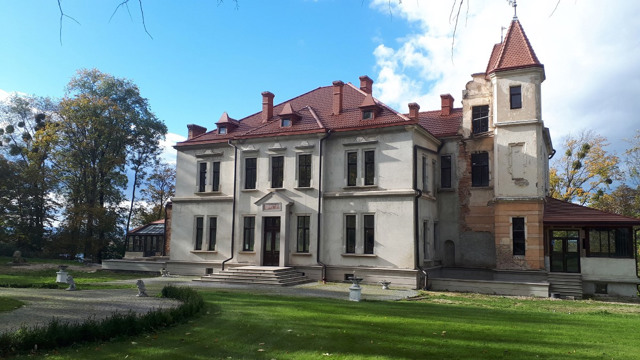Functional temporarily unavailable
General information about Pidhirtsi
The village of Pidhirtsi is located on the edge of the plateau above the Zhizhava River, 5 kilometers east of Stryi. Administratively, it is part of the Stryi hromada of the Stryi district of the Lviv region.
The first mention of the village of Pidhirtsi dates back to 1467. The name is related to the fact that the first inhabitants settled under the mountain, where the ponds are now located, although later the village was built on the mountain.
According to local researchers, the first defensive fortifications of Pidhirtsi were built in the 13th century. It is known from historical sources that in the 15th-17th centuries the village was owned by the Polish nobles Verchansky, then Branecky. In 1637, Andriy Krechovskyi, a Peremyshl butler, built a hunting castle in Pidhirtsi, ...
The village of Pidhirtsi is located on the edge of the plateau above the Zhizhava River, 5 kilometers east of Stryi. Administratively, it is part of the Stryi hromada of the Stryi district of the Lviv region.
The first mention of the village of Pidhirtsi dates back to 1467. The name is related to the fact that the first inhabitants settled under the mountain, where the ponds are now located, although later the village was built on the mountain.
According to local researchers, the first defensive fortifications of Pidhirtsi were built in the 13th century. It is known from historical sources that in the 15th-17th centuries the village was owned by the Polish nobles Verchansky, then Branecky. In 1637, Andriy Krechovskyi, a Peremyshl butler, built a hunting castle in Pidhirtsi, where the then Stryi headman Yan Sobeskyi often visited.
In the 18th century, the new owner of Pidhirtsi, Yuzef Aleksander Yablonovsky, turned the old defensive castle into a country palace and built a park around it. Another reconstruction was carried out by Yuzef Brunycky in the first half of the 19th century. His descendants owned the estate until the arrival of Soviet power in 1939, after which the palace began a long decline. It is now privately owned and partially restored.
The wooden church of the Sending of the Holy Spirit, built in 1810, is also preserved in the village, which is an architectural monument of national importance.
Село Підгірці розкинулося на краю плато над річкою Жижавою за 5 кілометрів на схід від Стрия. Адміністративно входить до складу Стрийської громади Стрийського району Львівської області.
Перша згадка про село Підгірці датується 1467 роком. Назва пов'язана з тим, що перші мешканці селилися під горою, де зараз розташовані ставки, хоча пізніше село розбудовувалося на горі.
За даними місцевих дослідників, перші оборонні укріплення Підгірців були зведені ще у XIII столітті. З історичних джерел відомо, що у XV-XVII століттях село перебувало у власності польських шляхтичів Верчанських, потім Бранецьких. У 1637 році перемишльський стольник Андрій Кречовський побудував у Підгірцях мисливський замок, де часто гостював тодішній стрийський староста Ян Собеський.
Новий власник П ...
Село Підгірці розкинулося на краю плато над річкою Жижавою за 5 кілометрів на схід від Стрия. Адміністративно входить до складу Стрийської громади Стрийського району Львівської області.
Перша згадка про село Підгірці датується 1467 роком. Назва пов'язана з тим, що перші мешканці селилися під горою, де зараз розташовані ставки, хоча пізніше село розбудовувалося на горі.
За даними місцевих дослідників, перші оборонні укріплення Підгірців були зведені ще у XIII столітті. З історичних джерел відомо, що у XV-XVII століттях село перебувало у власності польських шляхтичів Верчанських, потім Бранецьких. У 1637 році перемишльський стольник Андрій Кречовський побудував у Підгірцях мисливський замок, де часто гостював тодішній стрийський староста Ян Собеський.
Новий власник Підгірців Юзеф Александер Яблоновський у XVIII столітті перетворив старий оборонний замок на заміський палац та заклав навколо нього парк. Ще одну перебудову здійснив Юзеф Бруницький у першій половині XIX століття. Його нащадки володіли маєтком до приходу радянської влади у 1939 році, після чого почався тривалий занепад палацу. Зараз він перебуває у приватній власності і частково відреставрований.
Також у селі збереглася дерев'яна церква Зіслання Святого Духа, зведена у 1810 році, що є пам'яткою архітектури національного значення.
Сплануй своє перебування у Pidhirtsi
What to see and where to go in Pidhirtsi
Tourist attractions and museums of Pidhirtsi
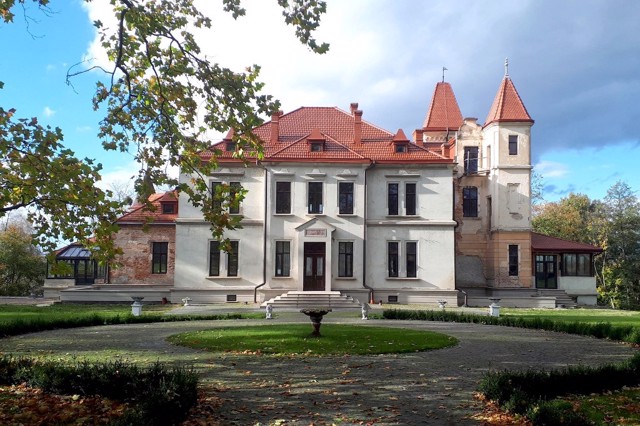
Yablonovsky-Brunytsky Palace
Palace / manor , Architecture , Park / garden
The little-known Yablonovsky-Brunytsky estate in Pidhirtsi near Stryi is a well-preserved palace and park complex of the 18th-19th centuries, an architectural monument of local importance. It is now in private ownership and is being revived by volunteers as a tourist attraction.
The country palace in the ancestral estate in Pidhirtsi was founded in 1734 by Yuzef Aleksander Yablonovsky on the site of an old hunting castle that had existed here since the 17th century. The building was built by the architect Bernard (perhaps Bernard Meretyn) according to the principles of the French country house maison de plaisance. The palace was luxuriously furnished, had a library of 1,000 volumes and a gallery of portraits of Polish hetmans.
In 1815, Pidhirtsi became the property of the Brunytsky family, which owned the estate until 1939. At the end of the 19th century, Yulian Brunytsky reconstructed the palace in the Romanesque-Gothic style according to the project of the Chernivtsi architect Karl Romstorfer. The building was electrified and provided with water supply, dishes and products from the kitchen in the basement were lifted to the dining room by a special elevator. There were many farm buildings around, as Brunytsky was seriously engaged in agriculture, in particular, he created a nursery for fruit and ornamental trees.
The palace is surrounded by a park with an area of 8.2 hectares, which is a monument of horticultural art of national importance - it is considered one of the first arboretums in Galicia.
During Soviet times, the Yablonovsky-Brunytsky palace was turned into a boarding school, and later into a trout farm. For many years, the building stood empty and fell into disrepair, although it was privatized back in the 2000s.
Since 2014, the palace has belonged to three local families, who have been successively reviving the architectural landmark. A number of emergency works were carried out, the interiors of ten rooms were partially restored. The owners conduct tours and provide space for photo shoots.
Pidhirtsi in news and blogs
Reviews Pidhirtsi
Geographical information about Pidhirtsi
| {{itemKey}} | {{itemValue}} |
|---|---|
| Region |
Lviv |
